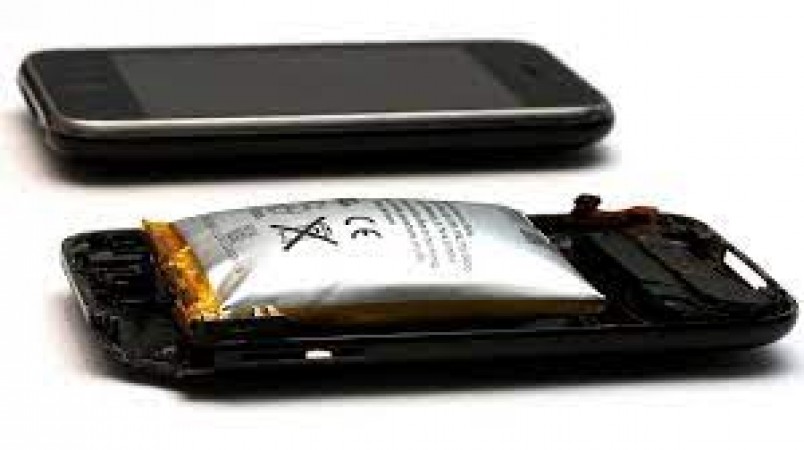
In the age of technological advancement, where smartphones have become an indispensable part of our lives, incidents of lithium-ion battery explosions have sparked concerns and raised questions about their safety. Understanding why these explosions occur and how to use lithium-ion batteries safely is crucial for consumers. Let's delve into the intricacies of lithium-ion batteries to demystify their explosive tendencies and ensure safer usage.
Lithium-ion batteries are the powerhouses behind the sleek and portable devices we rely on daily. Their popularity stems from their high energy density, lightweight design, and rechargeable nature. Comprising a cathode, anode, separator, and electrolyte, these batteries facilitate the movement of lithium ions during charging and discharging cycles, powering our gadgets efficiently.
The phenomenon of thermal runaway lies at the heart of lithium-ion battery explosions. Thermal runaway occurs when the battery's internal temperature surges uncontrollably, leading to a chain reaction of heat generation and gas release within the cell. This escalating heat can cause the battery to rupture or catch fire, resulting in a potentially catastrophic explosion.
Several factors can trigger thermal runaway in lithium-ion batteries:
While battery design and manufacturing play significant roles in preventing explosions, user behavior also influences the safety of lithium-ion batteries. Adhering to best practices can mitigate the risk of accidents and ensure a longer lifespan for your devices:
Despite the occasional headlines highlighting lithium-ion battery explosions, it's essential to recognize that these incidents are relatively rare. Manufacturers continually refine battery technology and implement safety features to enhance reliability and reduce risks.nBy understanding the inner workings of lithium-ion batteries and adopting responsible usage habits, consumers can enjoy the convenience of their electronic devices without compromising on safety. Stay informed, stay cautious, and power up with confidence!
Truecaller launches call recording and transcription feature
HP launches new range of Office Jet Pro printers, made from 30 percent recycled plastic